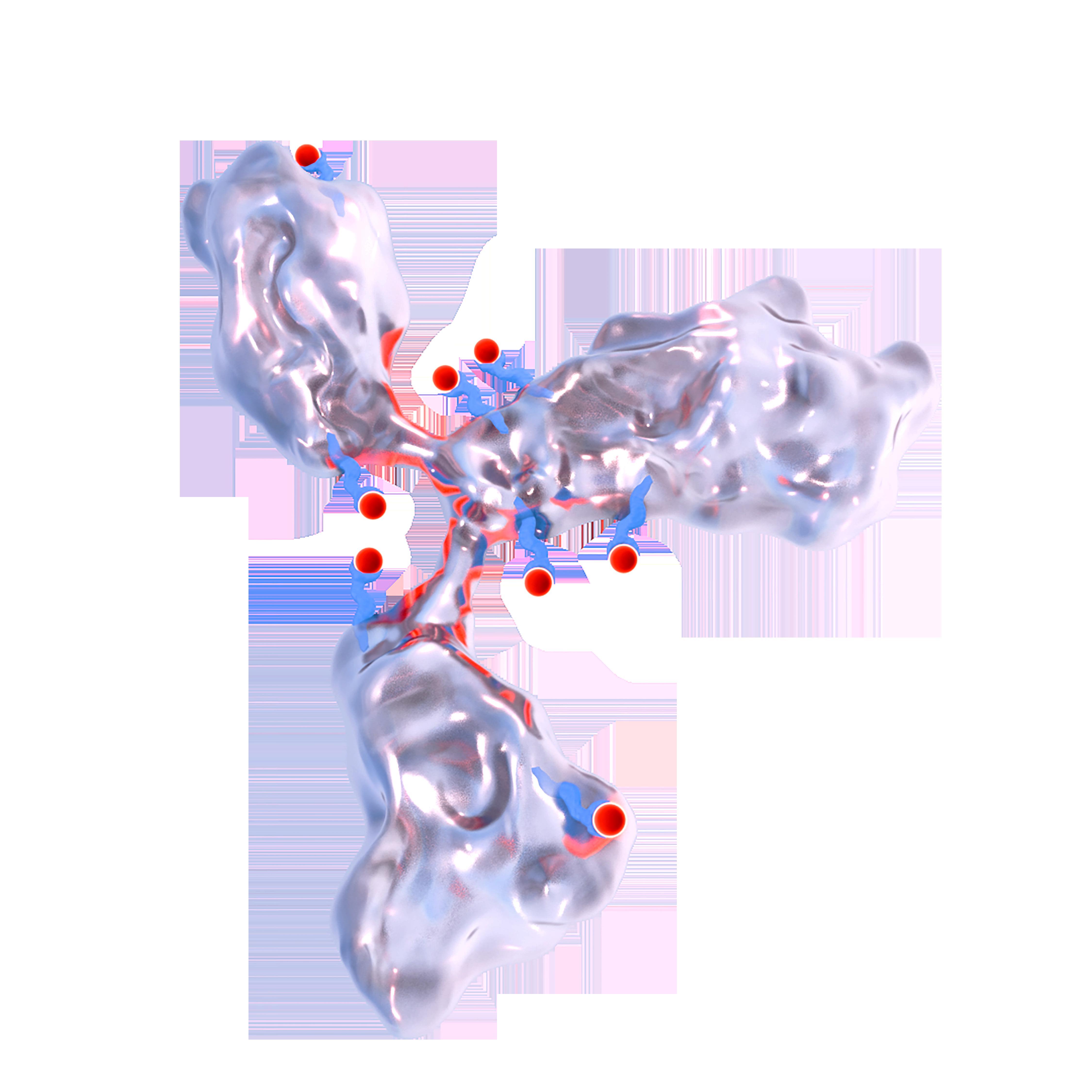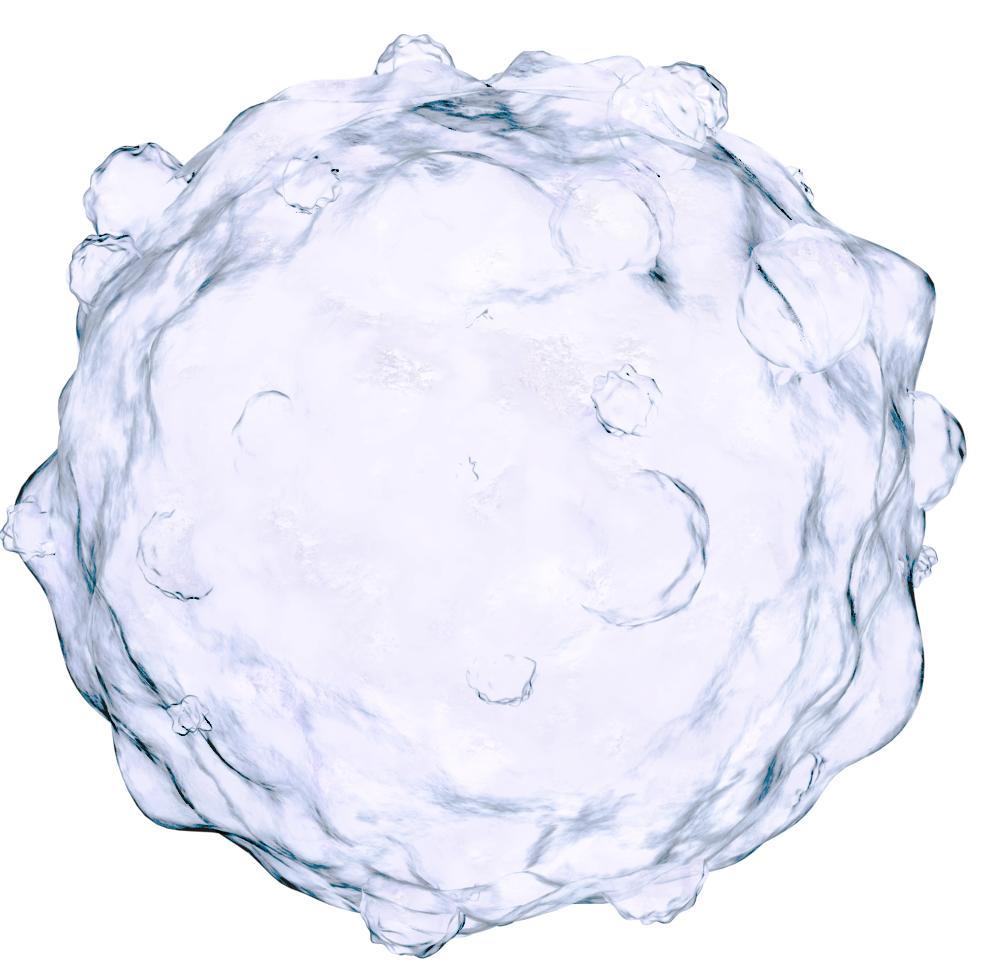3
into targeted cancer cells.2
3 Linkers
The linker is a molecule that joins the cytotoxic drug to the antibody.8
There are two broad types of linkers.9
Cleavable linkers—contain stable bonds that can be broken inside or outside the targeted cell depending on the environment.
Cleavable linkers can lead to the release of the cytotoxic payload into the cells and the tumor microenvironment.10
Non-cleavable linkers contain stable bonds that degrade only once inside the cell.
Non-cleavable linkers are designed to allow the cytotoxic drug to remain inactive during circulation and result in the release of the cytotoxic drug once inside the targeted cell.

typically more potent4 and is often released in or near cells that have been targeted by the antibody component.5-7 ●

Release of the cytotoxic agent in the microenvironment results in the bystander effect, where nearby cancer cells or stromal cells that do not express the target antigen can still be killed by the cytotoxic drug.5-7 ●
6. Abdollahpour-Alitappeh M, Lotfinia M, Gharibi T, et al. Antibody-drug conjugates (ADCs) for cancer therapy: Strategies, challenges, and successes. J Cell Physiol. 2018;1-15.
7. Staudacher A, Brown M. Antibody drug conjugates and bystander killing: is antigen-dependent internalisation required? Br J Cancer. 2017;117, 1736-1742.
8. Panowski S, Bhakta S, Raab H, et al. Site-specific antibody drug conjugates for cancer therapy. MAbs. 2014;6(1):34-45.
9. Khongorzul P, Ling CJ, Khan FU, et al. Antibody-drug conjugates: a comprehensive review. Mal Cancer Res. 2020;18(1):3-19.
10. Sheyi R, de la Torre BG, Albericio F. Linkers: An Assurance for Controlled Delivery of Antibody-Drug Conjugate. Pharmaceutics. 2022;14:396.





